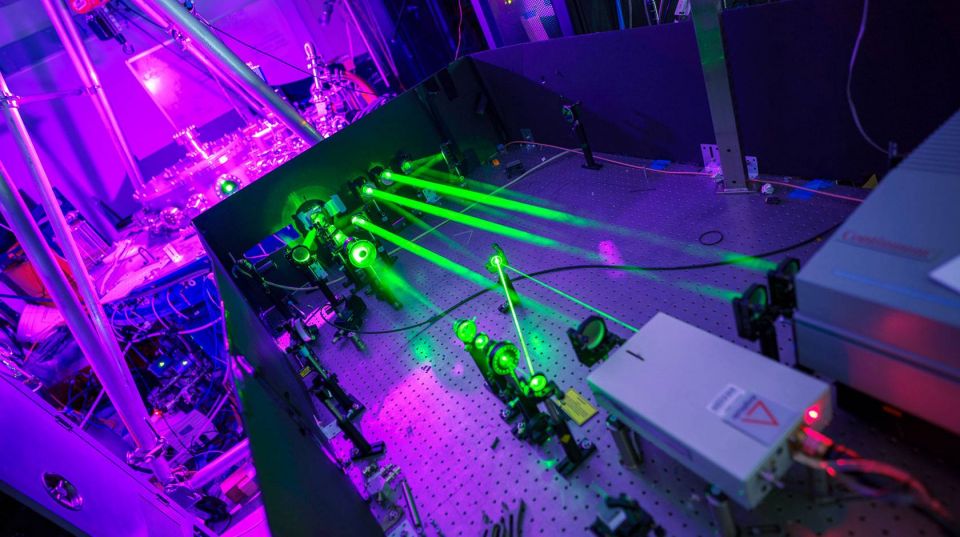Teenager’s school project achieves plasma
Cesare Mencarini’s recent extended project qualification (EPQ) earned him an “A” for his studies in the United Kingdom—and became, it is believed, the first nuclear reactor built in a school environment.
The 17-year-old student achieved plasma in his project this summer and saw it showcased at the Cambridge Science Festival, according to a report by Interesting Engineering.
Mencarini hails from Italy but is studying math, chemistry, and physics at Cardiff Sixth Form College in Cambridge. He demonstrated the reactor’s potential alongside Imperial College, Bristol, and Bangor universities.
Initial concerns: It wasn’t easy for Mencarini to convince his teachers to allow him to take on the project. Faculty members thought that the project could be dangerous and pose a significant threat.
“The college was initially concerned that this project, which I have also used for my EPQ, was dangerous. However, we did full risk assessments, and the staff have been so supportive,” said Mencarini.
Finally, after spending 18 months of hard work on the project, Mencarini successfully developed the small reactor.
He maintained that the goal of the reactor is to create conditions that are required for fusion. However, the project couldn’t get same pressure that’s generated by the sun due to its own gravity.
Therefore, to make atoms hot enough, the teen used high voltage.
A technical look: The reactor achieved plasma in June, which Mencarini wrote about in a LinkedIn post. Achieving plasma in laboratories involves coaxing hydrogen nuclei to fuse into helium, which produces an electrically charged gas where electrons are no longer bound to atomic nuclei—at temperatures several times hotter than those inside the sun.
“The system is running thanks to a Leybold Trivac E2 roughing pump, which allows me to achieve a minimum pressure of 8E-3 Torr,” Mencarini said.
At that time, he mentioned that Pfeiffer TPH062 would be used later to achieve fusion. “This turbomolecular pump is currently isolated by a VAT throttling valve.”
“The grid is then attached to a 30 kV rated high-voltage feedthrough connected to a 5 kV Unilab power supply, which allows me to use the fusor in my school (it is limited to a 2mA output). While running the fusor I experimented with 2 grids, which you can see in the images,” Mencarini added.
Accolades: Describing Mencarini as “outstanding,” Cardiff college principal Julian Davies predicts great things for the teenager’s future.
“We want to give our students the opportunity to work on projects that interest them as well as teaching them how to pass exams and to be brave in enabling them to take risks and develop projects that are applicable to real life situations,” said Davies, according to the Daily Mail.
“Mencarini has been outstanding in his work ethic and will no doubt make a significant impact on the energy industry in the future.”
What’s next: Mencarini aims to apply for a degree in engineering. However, before that, his ambition is to work at University of Bristol’s Interface and Analysis Centre.






